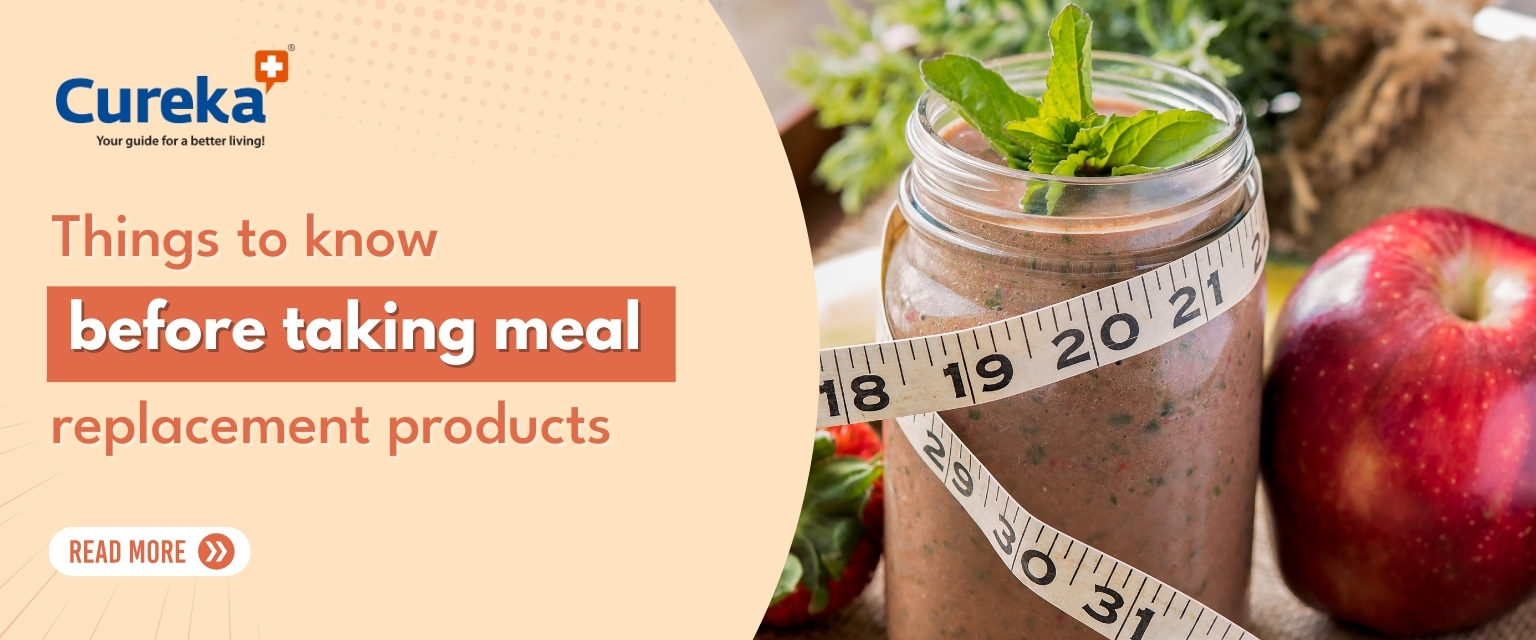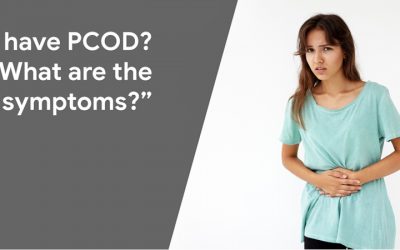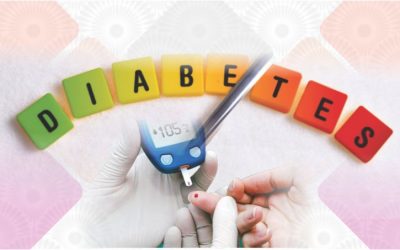Things to Know Before Taking Meal Replacement Products
Meal replacement products (MRPs) have gained popularity as a convenient solution for weight management, providing a controlled intake of nutrients while reducing overall calorie consumption. Whether you are considering meal replacement shakes, powders, or high-protein meal replacements, understanding their benefits, limitations, and best practices can help you make informed decisions. Here’s what you need to know before incorporating them into your diet.
1. Meal Replacements Are Not Magic Solutions
MRPs can be effective for weight loss, but they are not a quick fix. They work best when combined with a structured diet and lifestyle changes. A balanced approach, where MRPs are used as part of a controlled energy intake, ensures better long-term success compared to relying solely on them.
2. Understanding Different Types of Meal Replacements
- Meal Replacement Shakes – Pre-formulated liquid meals that are convenient and easy to consume, often enriched with essential vitamins and minerals.
- Meal Replacement Powders – Require mixing with water or milk, offering flexibility in portion control and ingredient selection.
- High-Protein Meal Replacements – Designed for muscle maintenance and satiety, these contain higher protein content to support active lifestyles.
- Meal Replacement Shakes for Weight Loss – Specifically formulated to create a calorie deficit while ensuring adequate nutrient intake.
3. Short-Term vs. Long-Term Effectiveness
MRPs can support rapid weight loss, especially in very-low-energy diets (VLEDs). However, long-term weight maintenance can be challenging. Studies suggest that a significant percentage of lost weight may be regained after discontinuation. To sustain results, meal replacements should be gradually transitioned into a balanced diet rather than being completely stopped.
4. The Compliance Challenge: Is It Sustainable?
Sticking to a meal replacement-based diet can be difficult due to several factors:
- Taste and Texture Preferences – Many individuals find it hard to sustain a liquid diet due to cravings for solid foods.
- Boredom and Emotional Eating – Repetitive consumption of similar flavors may lead to diet fatigue and a higher likelihood of non-compliance.
- Cost Factor – Continuous reliance on MRPs can be expensive compared to whole-food meals.
- Hunger and Satiety Issues – While high-protein meal replacements offer better satiety, some users may still struggle with hunger due to the lack of fiber or chewing satisfaction.
5. Are Meal Replacements Safe? Addressing the Concerns
Historically, there have been concerns about the safety of MRPs, particularly when they were made from low-quality proteins. Modern formulations are now nutrient-dense and scientifically backed for safety and effectiveness. However, potential risks still exist:
- Weight Cycling & Metabolic Impact – Rapid weight loss followed by weight regain can lead to metabolic slowdown and psychological distress.
- Nutrient Imbalances – Over-reliance on MRPs can cause deficiencies in fiber, essential fats, and phytochemicals found in whole foods.
- Digestive Issues – Some individuals may experience bloating, constipation, or stomach discomfort due to certain ingredients like artificial sweeteners or sugar alcohols.
6. Are They Recommended by Health Professionals?
Despite clinical evidence supporting their effectiveness, many healthcare professionals (HCPs) underutilize MRPs due to concerns about compliance and sustainability. In some regions, guidelines suggest that MRPs should be used under medical supervision, particularly for individuals with obesity or metabolic conditions.
7. How to Use Meal Replacements Effectively
- Choose High-Quality Products – Look for meal replacements with a balanced macronutrient profile, adequate protein, fiber, and essential vitamins.
- Don’t Rely on Them Exclusively – Combine MRPs with whole foods to avoid nutritional gaps.
- Gradually Transition Back to Regular Meals – Sudden discontinuation may lead to rebound weight gain.
- Incorporate Healthy Habits – Pair MRPs with exercise, hydration, and mindful eating for better results.
- Consult a Nutritionist – If you’re unsure about the best MRP for your needs, seek professional guidance.
References
1. Attitudes and Approaches to Use of Meal Replacement Products among Healthcare Professionals in Management of Excess Weight – 2020 Sep – https://pmc.ncbi.nlm.nih.gov/articles/PMC7551264/











